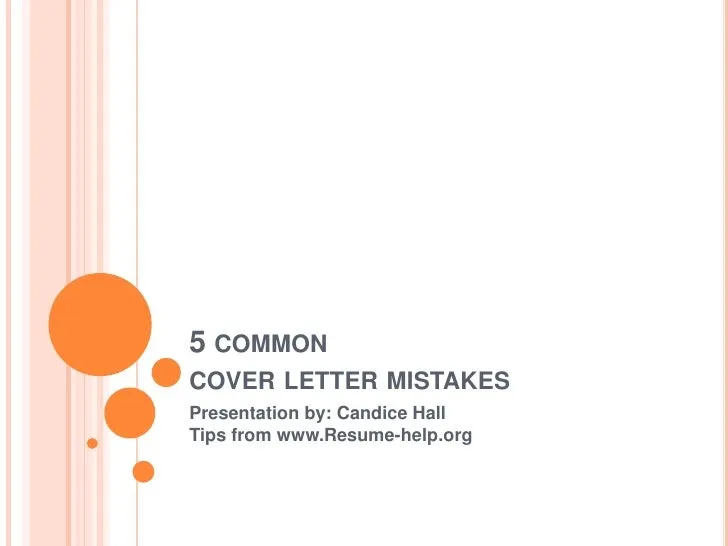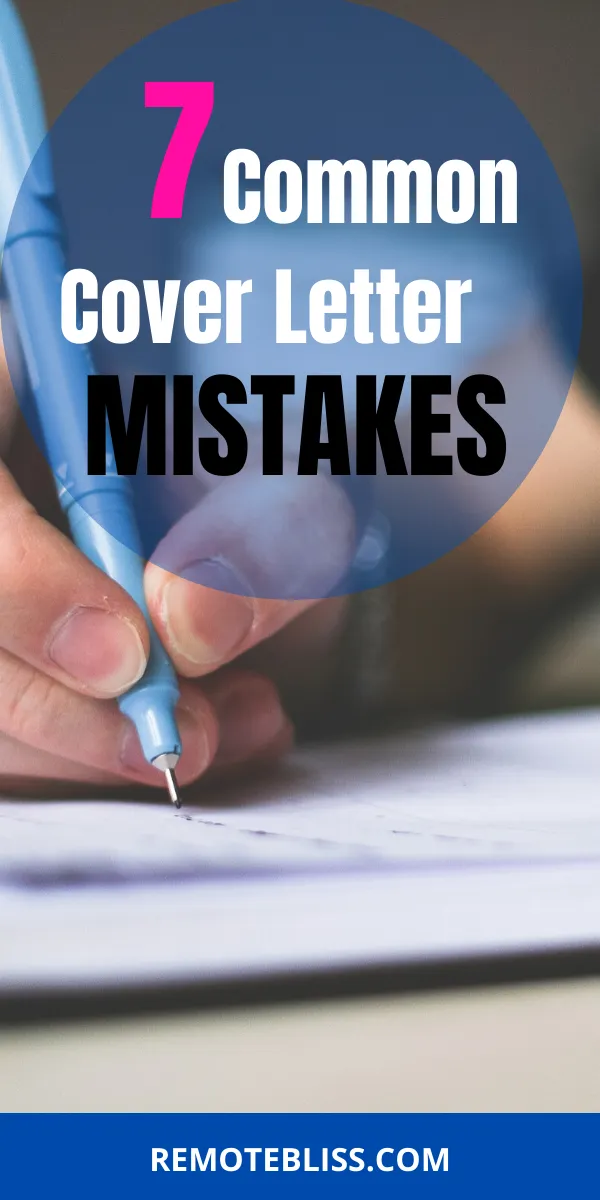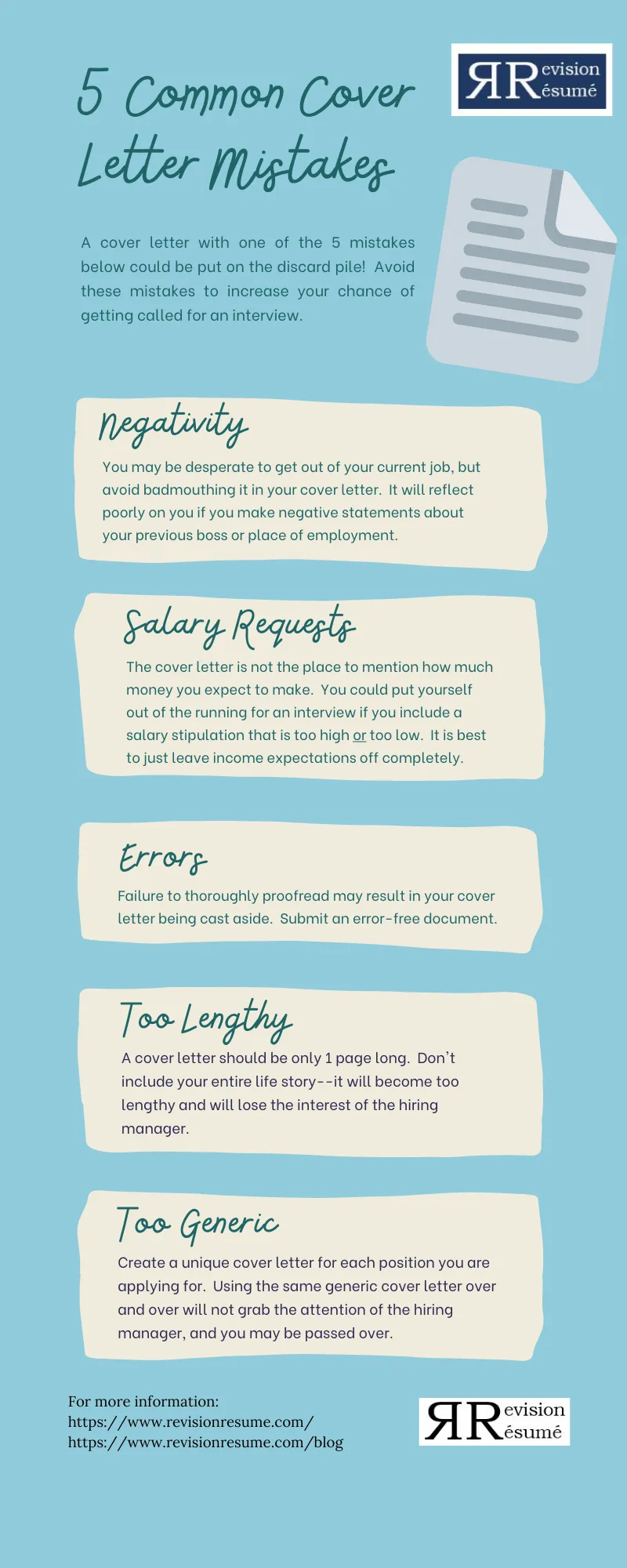Cover Letter Mistakes How to Avoid Them
A cover letter is your first impression with a potential employer. It’s your chance to showcase your personality, skills, and enthusiasm for the position. However, many job seekers make common cover letter mistakes that can immediately disqualify them from consideration. Avoiding these pitfalls is crucial for making a positive impact and landing an interview. This guide explores some of the most frequent cover letter errors and provides actionable tips to help you craft a compelling and effective cover letter that sets you apart from the competition. Your cover letter should be a concise, well-written document that complements your resume and encourages the hiring manager to learn more about you. We’ll look at various issues, from the opening statement to closing, to help you create a cover letter that gets results.
Generic Opening and Closing
One of the most significant cover letter mistakes is using a generic opening or closing. Phrases like “Dear Sir or Madam” or “To Whom It May Concern” are impersonal and show a lack of effort. Similarly, ending your letter with a generic “Sincerely” or “Best regards” lacks personality. Instead, research the hiring manager’s name and address them directly. If you cannot find the hiring manager’s name, try to find the name of the department head or the team you will be working with. This personalized approach immediately grabs the reader’s attention. Your closing should reiterate your interest in the position and include a call to action, such as inviting the reader to contact you for an interview. This personalized approach shows that you’ve put in the effort and are genuinely interested in the role. Proper greetings set the tone for a positive impression, while tailored closing statements can improve your chances of getting selected for an interview.
Addressing the Wrong Person or Company

Another common mistake is addressing the cover letter to the wrong person or company. This can happen for a few reasons. One is failing to research the name of the hiring manager. Another is submitting the same cover letter to multiple companies without changing the details. Misspelling the company’s name or using the wrong company name entirely is also a mistake. This signals a lack of attention to detail and a lack of genuine interest in the specific role. To avoid this, always verify the hiring manager’s name and the company’s name before submitting your cover letter. Personalizing the letter shows that you are diligent and interested in the specific company and role. Taking the time to personalize your cover letter demonstrates that you are serious about the job and committed to your career.
Failing to Tailor Your Letter
Submitting a generic cover letter that could apply to any job is a major mistake. Employers want to see that you understand the specific requirements of the role and how your skills align with their needs. The best cover letters are tailored to the specific job description. Read the job description carefully and highlight the skills and experiences that match the requirements. Explain why you’re interested in the specific role and the company. Show that you’ve researched the company and understand its mission, values, and goals. Tailoring your letter demonstrates that you have taken the time to carefully consider the role and are genuinely interested in the opportunity. It demonstrates to the hiring manager that you are more than just another applicant; you are a great fit.
Lack of Research on the Company
A cover letter should demonstrate that you have researched the company. Failing to do so shows a lack of initiative and a lack of genuine interest in the opportunity. Research the company’s website, social media profiles, and recent news articles. This research helps you understand the company’s culture, values, and current projects. Use this information to show how your skills and experience align with the company’s goals. For example, if the company emphasizes innovation, highlight your experience with innovative projects. Mentioning the company’s achievements or recent initiatives shows that you are informed and genuinely interested in working for them. This level of detail goes beyond simply repeating your resume, showing the hiring manager that you’re dedicated to the job.
Typos and Grammatical Errors

Typos and grammatical errors can instantly undermine your credibility. They suggest a lack of attention to detail and carelessness. Always proofread your cover letter carefully before submitting it. Use a spell-checker and grammar checker, but also read the letter aloud to catch errors that these tools might miss. Ask a friend or family member to review it for you. A fresh pair of eyes can often spot mistakes that you have overlooked. Ensure your letter is formatted professionally and easy to read. Typos and grammatical errors can create a negative impression, regardless of the strength of your qualifications. Take the time to proofread your letter, and you will improve your chances of success.
Highlighting Negative Aspects or Weaknesses
Your cover letter should highlight your strengths and accomplishments. Avoid mentioning negative aspects of your experience or highlighting weaknesses. For example, avoid discussing why you left a previous job in a negative light or mentioning your lack of experience in a particular area. Focus on what you have to offer and how your skills and experience align with the job requirements. If there is a gap in your employment history, address it positively by emphasizing what you did during that time, such as acquiring new skills or taking on volunteer work. Focus on the positive. Framing your experience in a positive way will show that you are capable and focused on your strengths.
Repeating Information from Your Resume
Your cover letter should complement your resume, not repeat it. The resume provides a detailed overview of your skills and experience. The cover letter should elaborate on specific experiences, explain your motivations, and show why you’re a good fit for the job. Use your cover letter to tell a story. Expand on your accomplishments, highlight relevant skills, and show how your experience aligns with the company’s needs. Don’t simply reiterate the bullet points from your resume; instead, explain the context and the impact of your accomplishments. Tailor the content to be specific to the job description. This approach shows that you understand the role and are able to effectively communicate your qualifications.
Using Clichés and Overused Phrases

Avoid using clichés and overused phrases, as they make your cover letter sound generic and uninspired. Common examples include “hard worker,” “team player,” and “detail-oriented.” These phrases are overused and don’t provide any specific information about your skills or experience. Instead, use specific examples and quantify your accomplishments. For example, instead of saying “I am a hard worker,” say “I consistently exceeded sales targets by 15% in the last quarter.” This shows your skills instead of just telling the reader about them. Replace clichés with specific details that highlight your unique qualifications and demonstrate your value to the company.
Not Including a Call to Action
A successful cover letter includes a call to action. This encourages the hiring manager to take the next step, such as scheduling an interview. Your call to action should be clear and concise. Express your interest in an interview, and make it easy for the hiring manager to contact you. Provide your phone number and email address. Thank the hiring manager for their time and consideration. A strong call to action shows your enthusiasm and increases your chances of moving forward in the hiring process. A well-crafted call to action encourages the reader to take the next step in your application.
